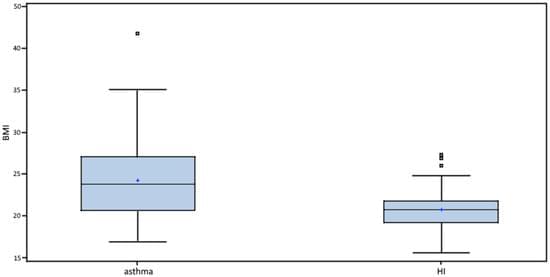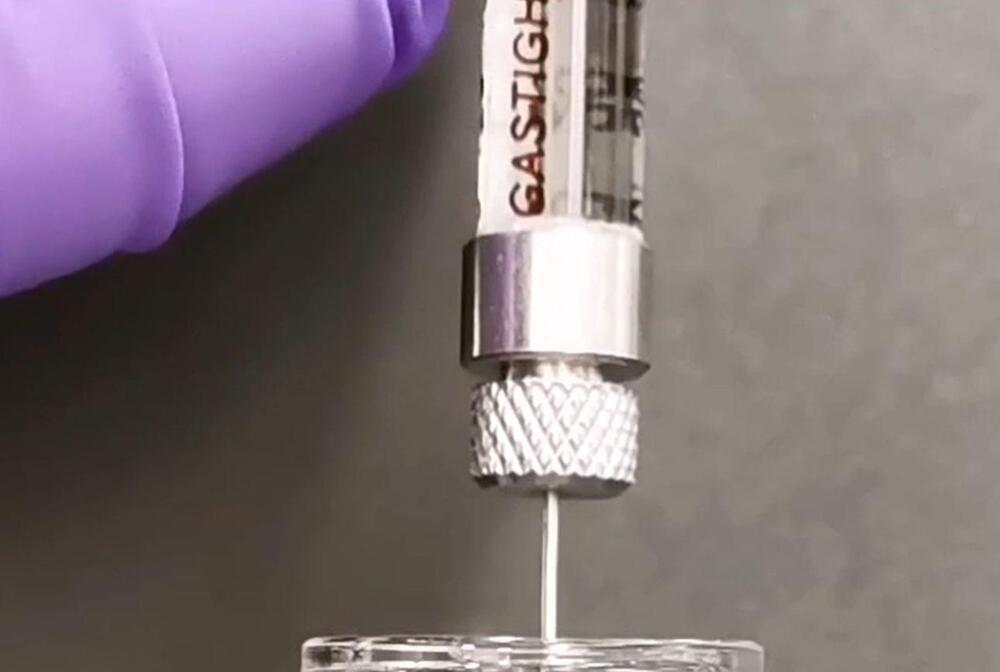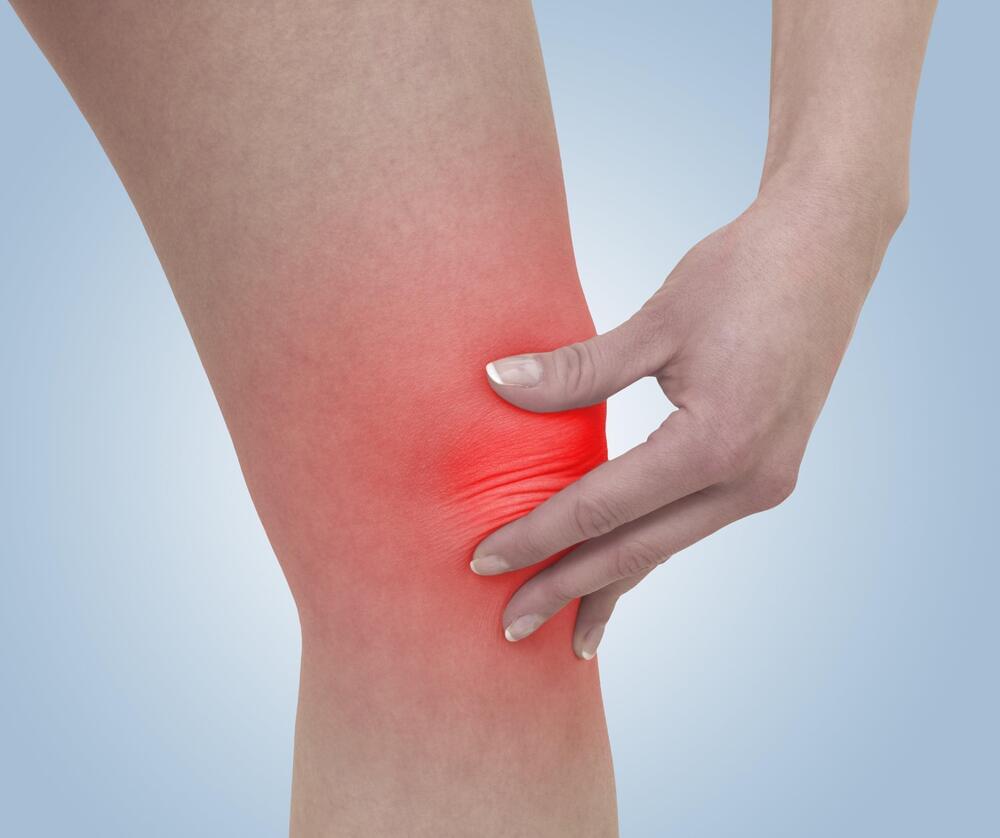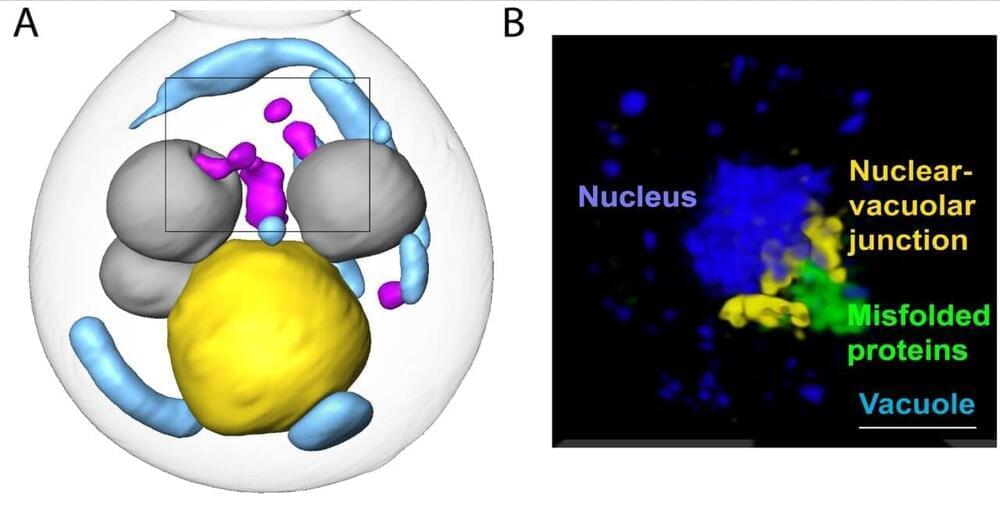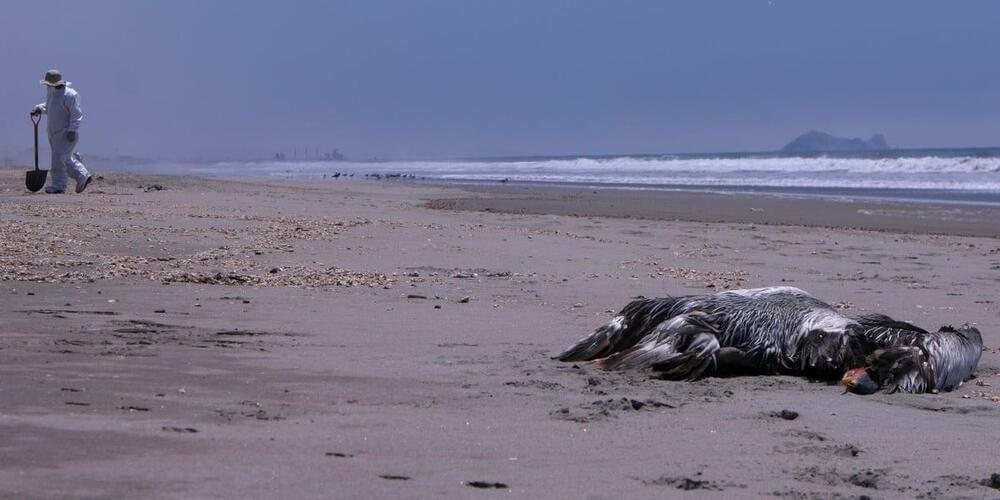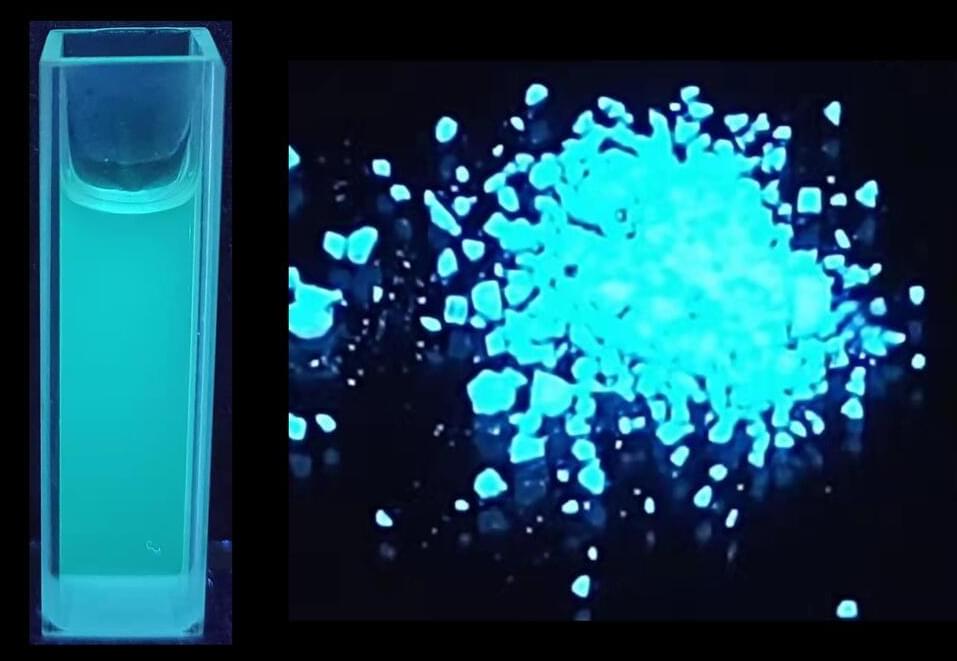Apr 25, 2023
Bronchial Asthma as a Cardiovascular Risk Factor: A Prospective Observational Study
Posted by Shubham Ghosh Roy in category: biotech/medical
Introduction: Asthma as a chronic inflammatory disorder has been suggested as a risk factor for endothelial dysfunction (ED), but studies on the association between asthma and cardiovascular disease (CVD) risk are limited. Background: We assessed associations of ED with the severity of asthma, eosinophilic inflammation, lung function, and asthma control. Methods: 52 young asthmatics (median age of 25.22 years) and 45 healthy individuals were included. Demographic, clinical, and laboratory findings were recorded. We evaluated microvascular responsiveness by recording the reactive hyperemia index (RHI) indicating post-occlusive peripheral endothelium-dependent changes in vascular tone using the Itamar Medical EndoPAT2000. VCAM-1, ADMA, high-sensitive CRP (hsCRP), and E-selectin were measured. Results: Asthmatics had considerably lower RHI values (p < 0.001) with a dynamic decreasing trend by asthma severity and higher hsCRP levels (p < 0.001). A substantial increase in hsCRP and E-selectin with asthma severity (p < 0.05) was also observed. We confirmed a higher body mass index (BMI) in asthmatics (p < 0.001), especially in women and in severe asthma. Conclusions: We demonstrated the progression of CVD in asthmatics and the association of the ongoing deterioration of ED with the inflammatory severity, suggesting that the increased risk of CVD in young asthmatics is dependent on disease severity. The underlying mechanisms of risk factors for CVD and disease control require further study.
